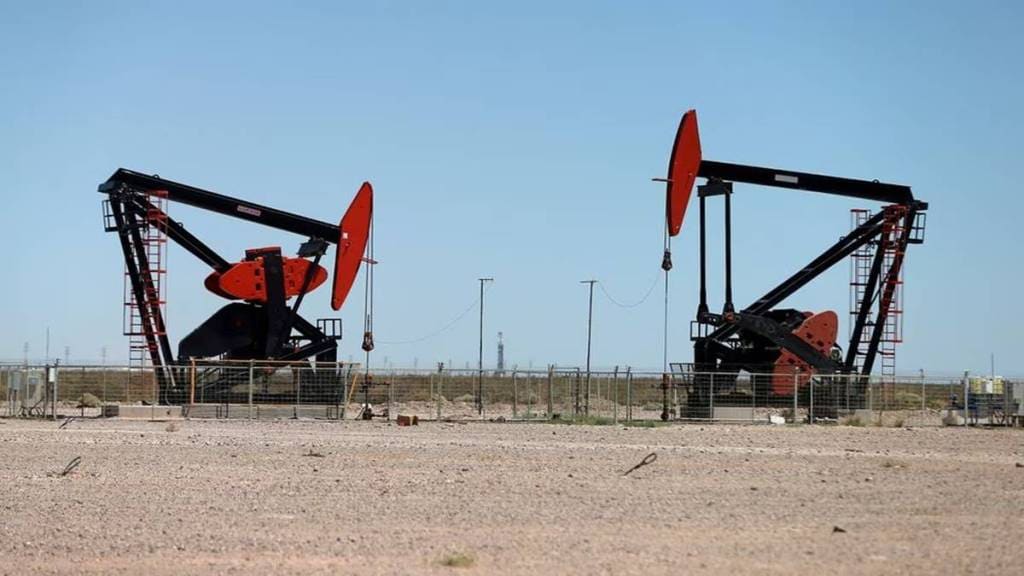Global oil prices rose sharply after the oil cartel, Opec (together with allies like Russia), announced sharp production cuts of more than 1.1 million barrels of oil a day (b/d) from May till the year end. This surprise move by the leading oil producers—dictated by Saudi Arabia in defiance of US pressure—exemplify a larger struggle underway to control the global oil market. Taken together with the larger grouping’s decision last October to reduce production by 2 million b/d and Russia’s to extend its cut in output by 500,000 b/d till the year end, this amounts to a substantial reduction of 3.6 million b/d in a tightly balanced market. Prices are bound to skyrocket with this supply-demand imbalance and even hit $100 a barrel by Christmas, if not earlier. Clearly, this is reminiscent of the oil shocks of the 1970s which threatens the world economy—already burdened by the economic fall-out of the year-long war in Ukraine—with the prospect of sharply lower growth, if not recession, and higher inflation. Its impact is indeed serious for emerging economies like India that imports most of its requirements. Costlier oil implies a higher import bill, weaker rupee, inflation, and a wider current account deficit.
The decision of Opec+ to curb supply reverses the sharp decline in global oil prices last month following the collapse of US’ Silicon Valley Bank and Credit Suisse’s changing ownership amidst fears of contagion effects that would impact the world economy. Although that risk has abated for now, the global oil market’s outlook remains uncertain. Upward price pressures stem from the prospect for lower supplies from the US—as shale production cannot be stepped up over the short-term—to counterbalance cuts in production from the oil cartel just when oil demand is beginning to pick up from the world’s second largest economy. Saudi Arabia’s relations with the US have also been fraying of late. US President Joe Biden even visited Saudi Arabia last July to persuade it to increase production to keep a lid on prices. But to no avail. The kingdom is also frustrated by US’ decision to rule out new crude purchases from it to fill its Strategic Petroleum Reserve which was drained last year to check prices, according to the Financial Times. With the Saudi-led cartel back in control of the market, it has enormous pricing power and will exercise it. Saudi Aramco made record profits last year and has huge stakes in oil prices remaining high. The kingdom’s pivot away from the US is also reflected in its decision to start invoicing some exports to China in renminbi instead of the dollar.
Elevated oil prices are not good news for India and may force it to depend even more on deeply-discounted Russian oil. Such supplies accounted for 35% of the country’s oil imports in March. The big question is for how long will cheaper oil flow from that country which needs more revenues to fund its war in Ukraine? Some reduction in imports is inevitable if Russia insists on payments in renminbi rather than the dollar. From an energy security perspective, there is no alternative to boosting domestic production of oil over the medium-term. The state-owned ONGC’s decision to step up investments by $7 billion to reverse a steady decline in production is a step in the right direction.


